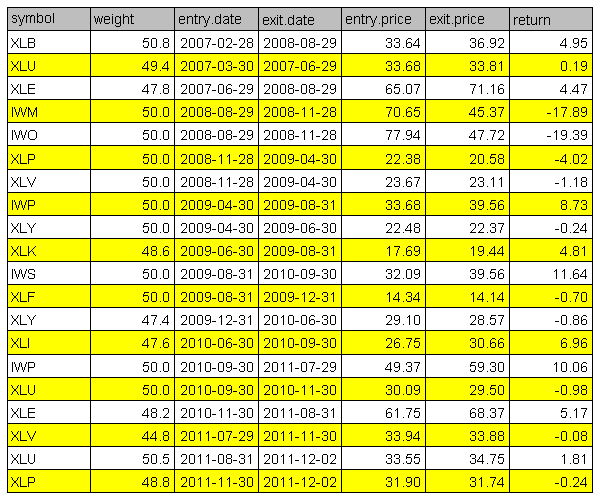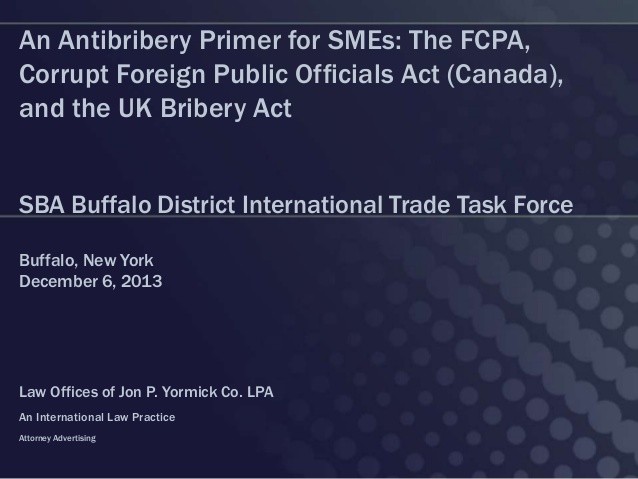MultiAsset Strategies A Primer
Post on: 30 Июнь, 2015 No Comment

By Larry Cao, CFA
Multi-asset strategy is the latest name that the investment management industry has adopted for what has long been known as a balanced fund. Despite the fancy name, this is a subject that affects all investors. Whether you are an institutional manager running billions of dollars or just a retail investor looking after your own retirement portfolio, what we are about to discuss should be relevant to you in at least a few significant ways.
What Is a Multi-Asset Strategy?
Multi-asset strategy refers to the type of investment strategy that involves investing in various asset classes. Typically, this is a strategy that employs an asset allocation program on top of the sub-strategies that invest in individual asset classes.
Ive intentionally made the above definition very flexible to encompass all the possible scenarios that are highlighted below.
What Are the Main Categories of Multi-Asset Strategies?
The old balanced funds were typically put together by combining a (core) stock fund and a (core) bond fund with some cash as a cushion. Over time, core stock and bond funds evolved into funds of multiple (sub-) asset classes. A balanced fund made up of such stock and bond funds, each specializing in one segment of the market, should really be called an asset allocation fund, although in most cases they simply kept the old balanced fund moniker.
In recent years, these products are increasingly sold under the multi-asset strategy name. Often they adopt a tactical asset allocation program, which was rare prior to the global financial crisis.
There is a unique category of multi-asset strategy fund worth mentioning: strategies that intentionally cover only a limited segment of the entire universe. This limited segment can be anything for example, alternatives, international, or growth equities.
The very popular target-date fund is also a type of multi-asset strategy. The difference from a typical multi-asset strategy fund is that target date funds have an asset allocation that varies with time, or the target date of withdrawal.
What Are the Common Sub-Asset Classes Included in Multi-Asset Strategies?
The four main asset classes are stocks, bonds, alternatives, and cash. Within each there are multiple ways of slicing and dicing them.
Stock funds can be managed according to size (large-, mid-, small-, and micro-cap), style (growth and value), sector (consumer, financials, health care, industrials, technology, etc.), and geography (Asia, Europe, Latin America, Japan, BRIC, etc.).
Bond funds can be managed according to duration (long, intermediate, and short term), credit (core, government, credit, high yield, etc.), geography (global, United States, emerging markets, etc.), and currency (US dollar, euro, and local currency).
Alternatives include various hedge strategies, infrastructure, private equity, and real estate, many of which are common in institutional multi-asset strategies. Retail programs generally cannot include many types of alternatives due to liquidity and regulatory constraints.
Who Uses These Products and for What?
Asset owners such as pension funds and insurance companies are the main investors in multi-asset strategies. Individual investors often use them in their defined contribution plans, among other things.

Multi-asset strategy came into existence for two reasons. First, partly driven by demand for product differentiation, the number of asset classes has exploded over recent decades since the initial proliferation of the product category. Second, tactical asset allocation came into fashion after the global financial crisis and the name multi-asset strategy partly implies (accurately or inaccurately) more flexibility on the asset allocation component in these strategies.
Who Produces These Products?
They are generally offered by asset management firms. Some asset owners are both producers and users as they manage the assets in house. This could include insurance companies and various types of pension funds. Many asset owners do hire consulting firms to manage the multi-asset strategy products for them. The consultants generally develop and implement asset allocation programs and then select appropriate asset managers to implement them.
What Are the Skills Required to Make a Multi-Asset Strategy Product Successful?
Multi-asset strategies are the decathlons of the investment industry. They require practically all the investment skills one can think of, from securities selection at the individual asset class level to asset allocation at the overall level. Among all the multi-asset strategy products I have come across, the vast majority are managed by multiple teams as it is indeed rare to be able to find all the required skills in one place, especially in todays world where investment talent has become highly specialized.
Managing a multi-asset strategy portfolio is much more complicated than putting together a puzzle. Well publish a series of blog posts sharing insights from some of the largest and most sophisticated investment managers on each of the crucial aspects:
- Formulating an asset allocation strategy.
- Constructing the portfolio.
- Measuring performance.
Stay tuned.
Disclaimer: Please note that the content of this site should not be construed as investment advice, nor do the opinions expressed necessarily reflect the views of CFA Institute.














